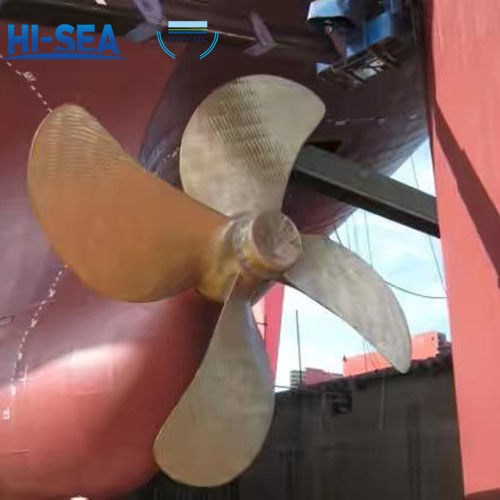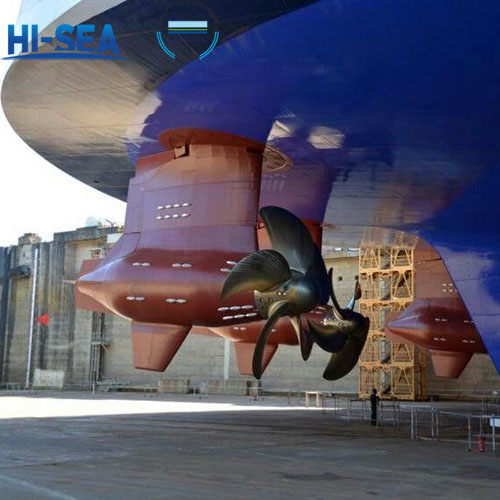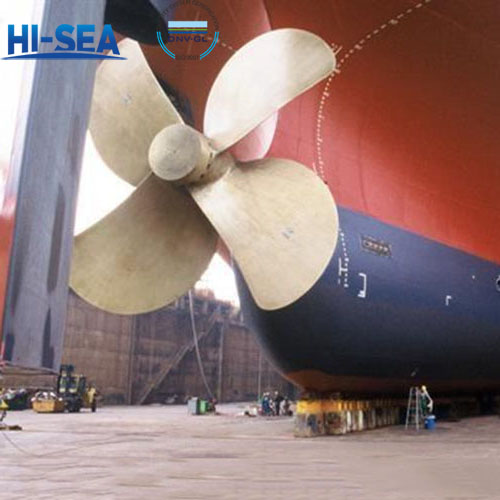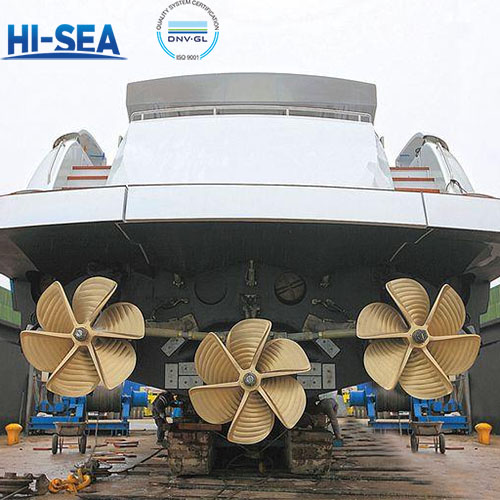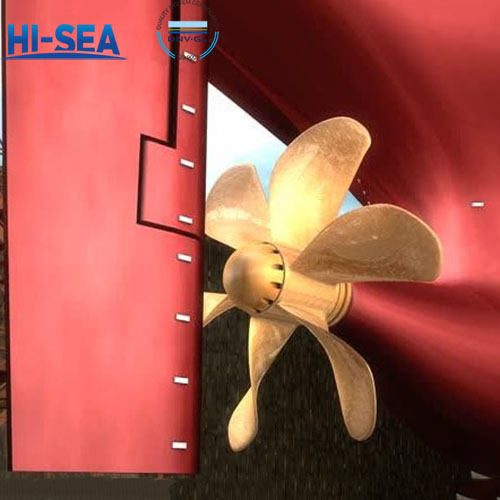
CLASSIFICATION
Marine Propeller
A marine propeller is a mechanical device consisting of rotating blades or vanes that generate thrust by accelerating water behind a vessel, propelling it forward or backwards through the water. Marine propellers are essential components of ship propulsion systems and come in various designs to suit different types of vessels and operating conditions.The propeller is directly connected to the shaft and plays a crucial role in generating thrust by converting the rotational energy of the shaft into forward motion. Key Components and Features:
1. Blades: The blades are the primary components of a marine propeller responsible for generating thrust. They are shaped to efficiently move water and create propulsion forces when rotated by the propeller shaft.
2. Hub: The hub is the central part of the propeller that connects the blades to the propeller shaft. It provides structural support and distributes the rotational forces generated by the blades.
3. Pitch: The pitch of a propeller refers to the angle of the blades relative to the plane of rotation. It determines the amount of thrust produced per revolution of the propeller and influences the vessel's speed and efficiency.
4. Diameter: The diameter of a propeller is the distance from one blade tip to the opposite blade tip, measured across the circle formed by the rotating blades. It affects the amount of water displaced and the thrust generated by the propeller.
5. Number of Blades: Marine propellers can have various numbers of blades, typically ranging from three to five blades. The number of blades affects factors such as efficiency, vibration, and cavitation resistance.
6. Material: Marine propellers are commonly made of bronze, stainless steel, or other corrosion-resistant alloys to withstand the harsh marine environment and minimize corrosion and erosion over time.
- 1
- 2

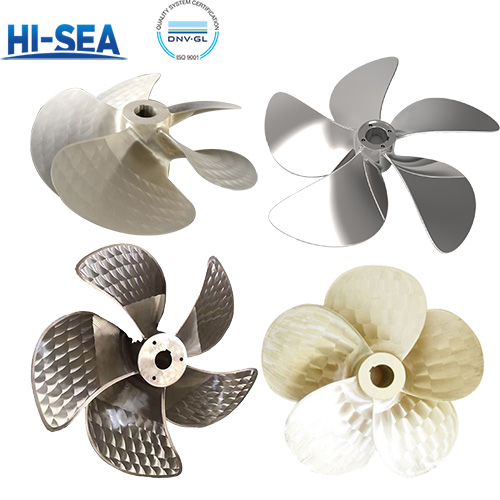
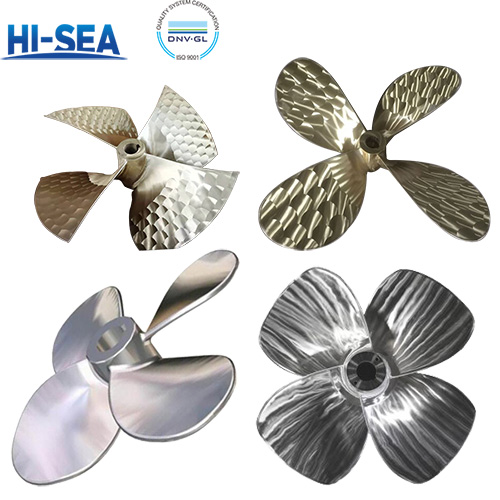
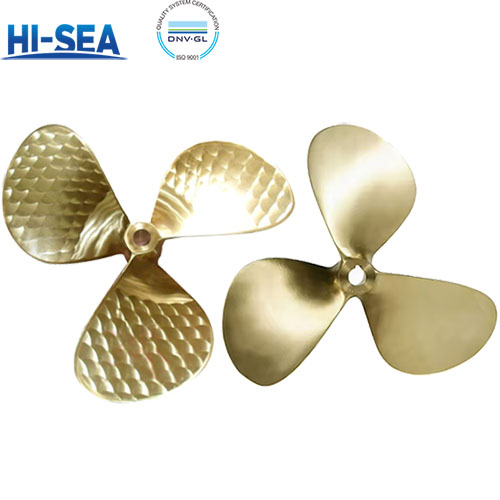
 Marine Propeller.jpg)
 Marine Propeller.jpg)
 Marine Propeller.jpg)
 Marine Propeller.jpg)
